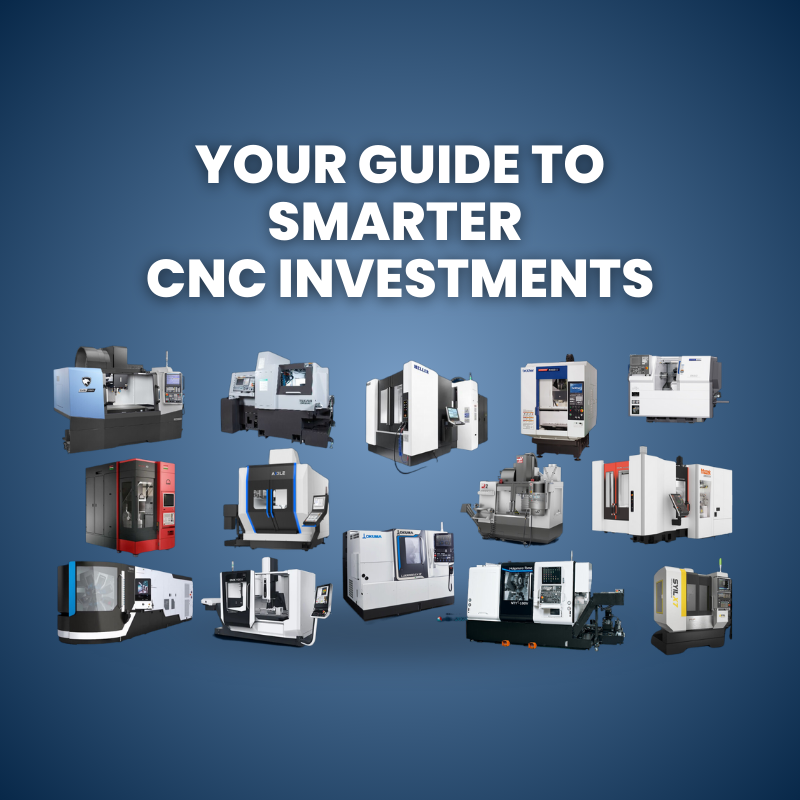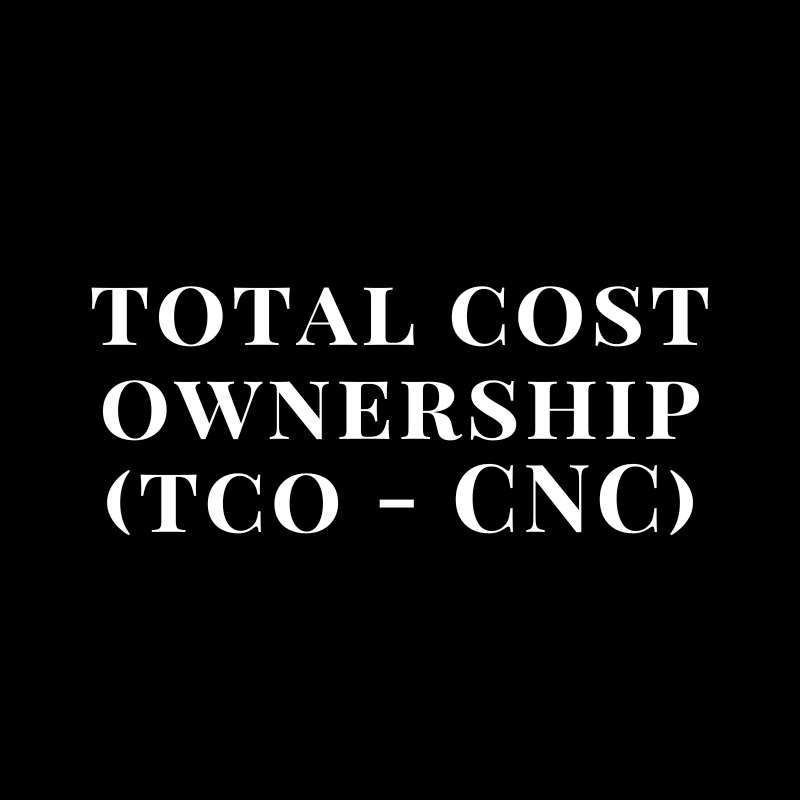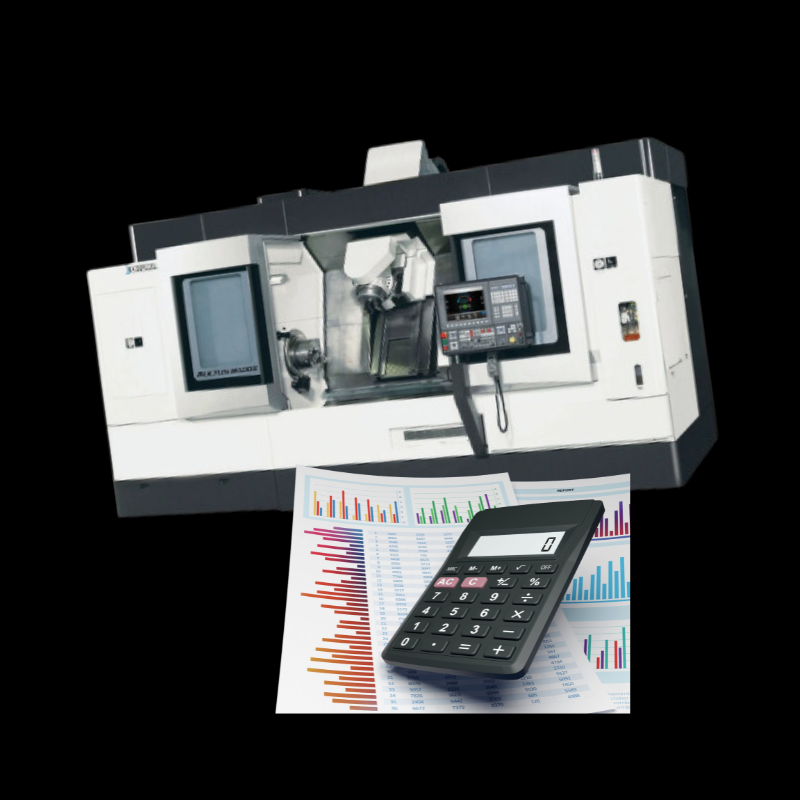Whether you're a seasoned business owner or new to the industry, this article will provide you with the insights and information you need to make informed decisions about your investments.
As a general rule, investing in capital equipment involves assessing current business needs, future growth projections, and the potential return on investment. It's not just about purchasing machinery; it's about strategically allocating resources to improve efficiency, productivity, and ultimately, profitability. Careful consideration of factors such as equipment lifespan, maintenance costs, and technological advancements is crucial in maximizing the benefits of such investments.
Discover how making the right choices in capital equipment can transform your business operations when selecting the best equipment and the impact it can have on your business’s bottom line.
Understanding Capital Equipment Investment
Capital equipment investment refers to the acquisition of physical assets like machinery, vehicles, or technology that are used to produce goods or services. Unlike day-to-day operating expenses, these are long-term investments that can significantly influence a company's operational capacity and efficiency.
The decision to invest in capital equipment should be driven by a thorough analysis of the business's current and future needs. Consider factors such as production volume, the complexity of operations, and industry trends. It's also essential to evaluate the total cost of ownership, which includes purchase price, installation costs, operating expenses, maintenance, and potential resale value.
Technological advancements play a crucial role in capital equipment investment. Staying updated with the latest innovations can provide competitive advantages, such as increased production speed, improved product quality, and reduced labor costs. However, it's also important to balance the benefits of cutting-edge technology with the practicality and affordability for your specific business context.
When considering capital equipment investment, it’s vital to:
- Assess your business needs and growth projections.
- Evaluate the total cost of ownership of the equipment.
- Stay informed about technological advancements and their relevance to your industry.
- Consider the potential impact on productivity and efficiency.
- Analyze the compatibility of new equipment with existing processes.
Investing in capital equipment CNC Machine
Investing in a CNC machine is a significant step for any business involved in manufacturing or fabrication.
In total, investing in a CNC machine requires a comprehensive evaluation of your manufacturing needs, budget constraints, and the potential for technological scalability. It's about finding a balance between immediate production requirements and future expansion plans. Key considerations include the machine's capabilities, compatibility with existing systems, and the overall return on investment through enhanced efficiency and precision.
Below are things to consider to ensure you make a wise investment.
Key Considerations for CNC Machine Investment
When considering a CNC machine, evaluate its capabilities in terms of size, power, and the types of materials it can handle. Matching the machine's capabilities to your production requirements is crucial. Also, consider the software and control systems – these should integrate seamlessly with your existing workflows.
Another vital factor is the machine's scalability and upgrade potential. As your business grows, your CNC machine should be adaptable to new challenges and demands. This could mean software updates, additional tooling options, or compatibility with advanced manufacturing techniques like automation and IoT (Internet of Things).
Operational costs, including maintenance, energy consumption, and the need for skilled operators, also play a significant role in the decision-making process. A CNC machine that is easy to maintain and operate can significantly reduce long-term operational costs.
Consider these steps when investing in a CNC machine:
- Match the machine’s capabilities with your production needs.
- Ensure compatibility with existing systems and workflows.
- Evaluate scalability and future upgrade potential.
- Consider the total cost of ownership, including maintenance and operational expenses.
- Look for machines with user-friendly interfaces and robust support networks.




